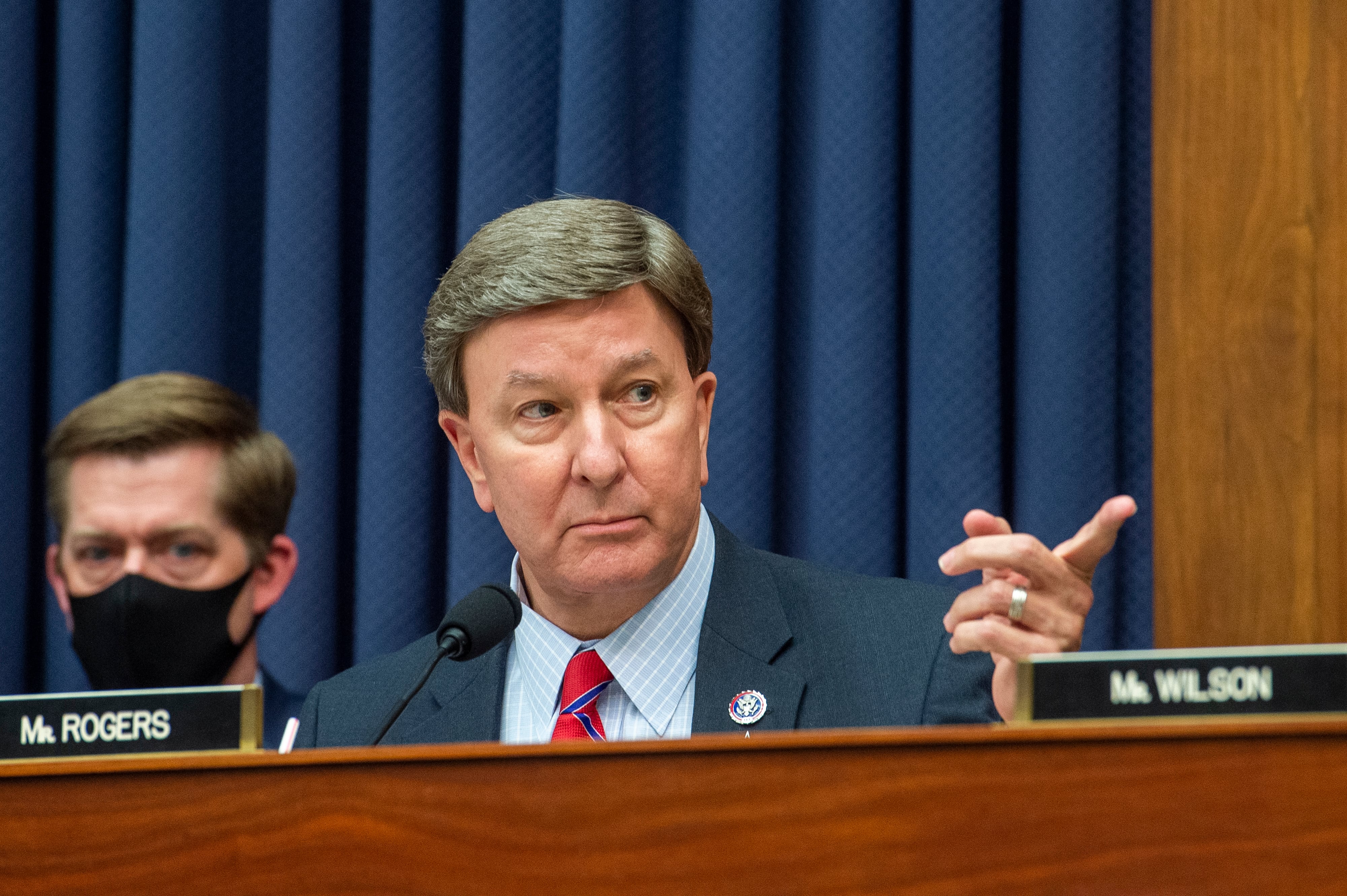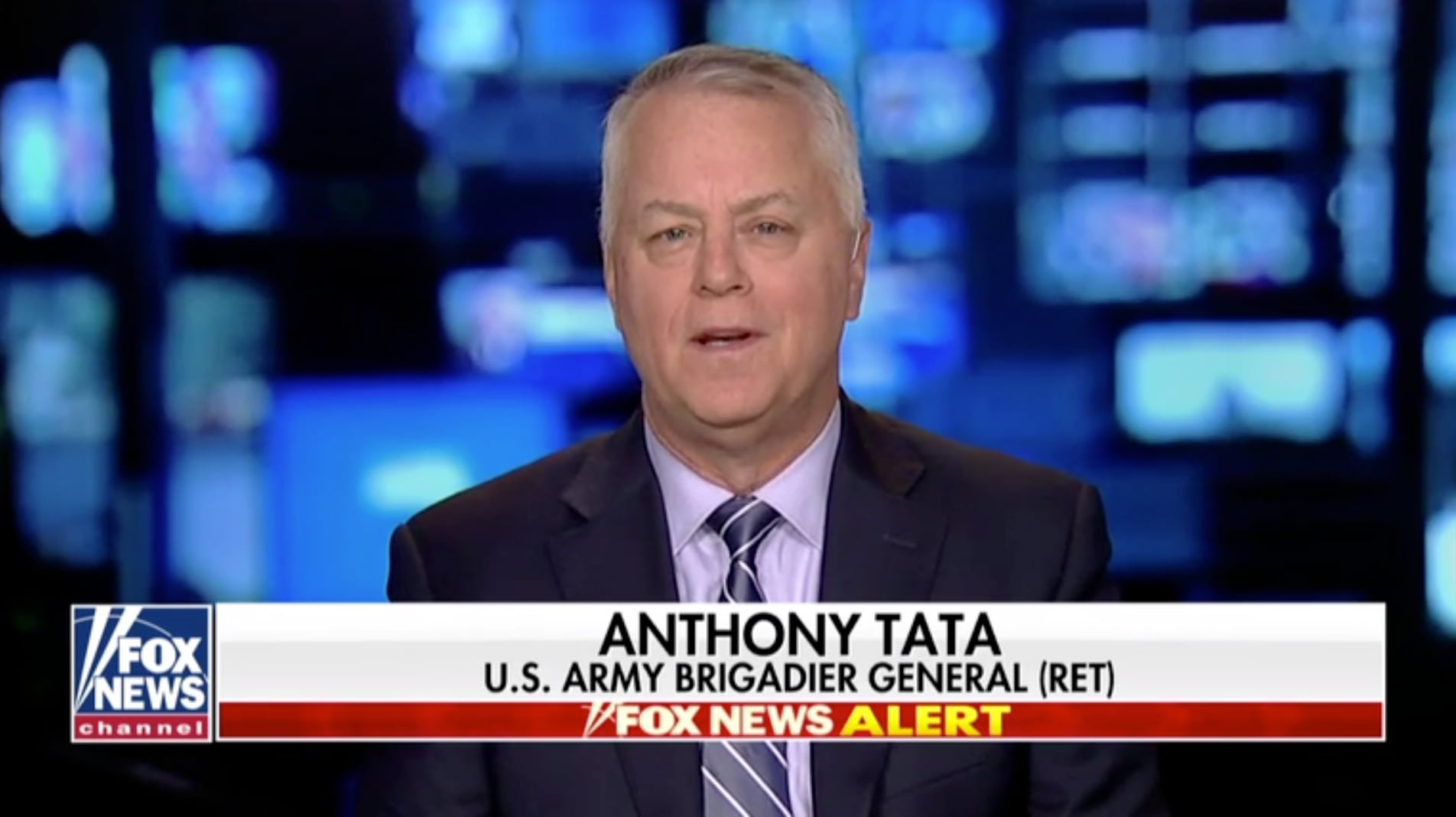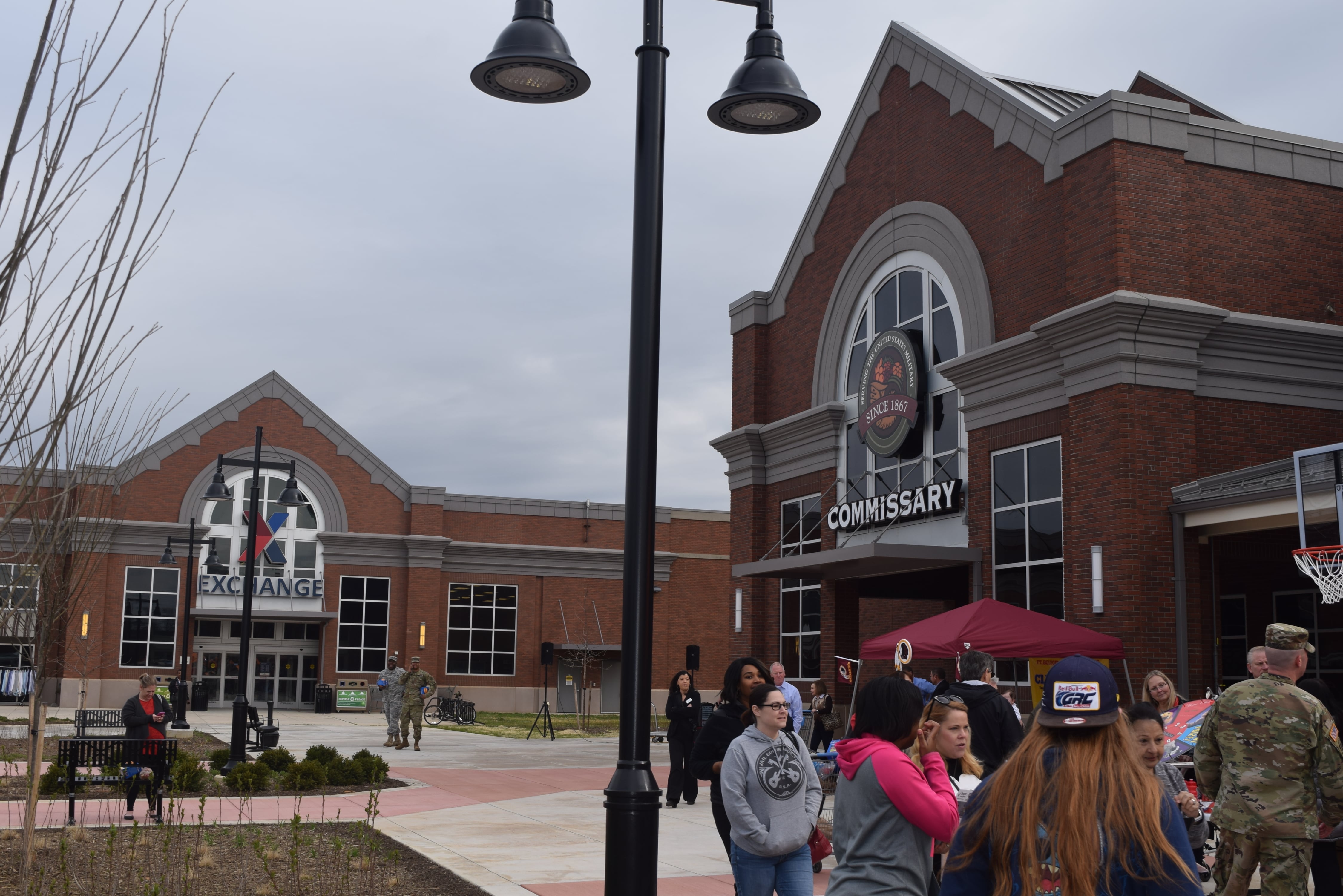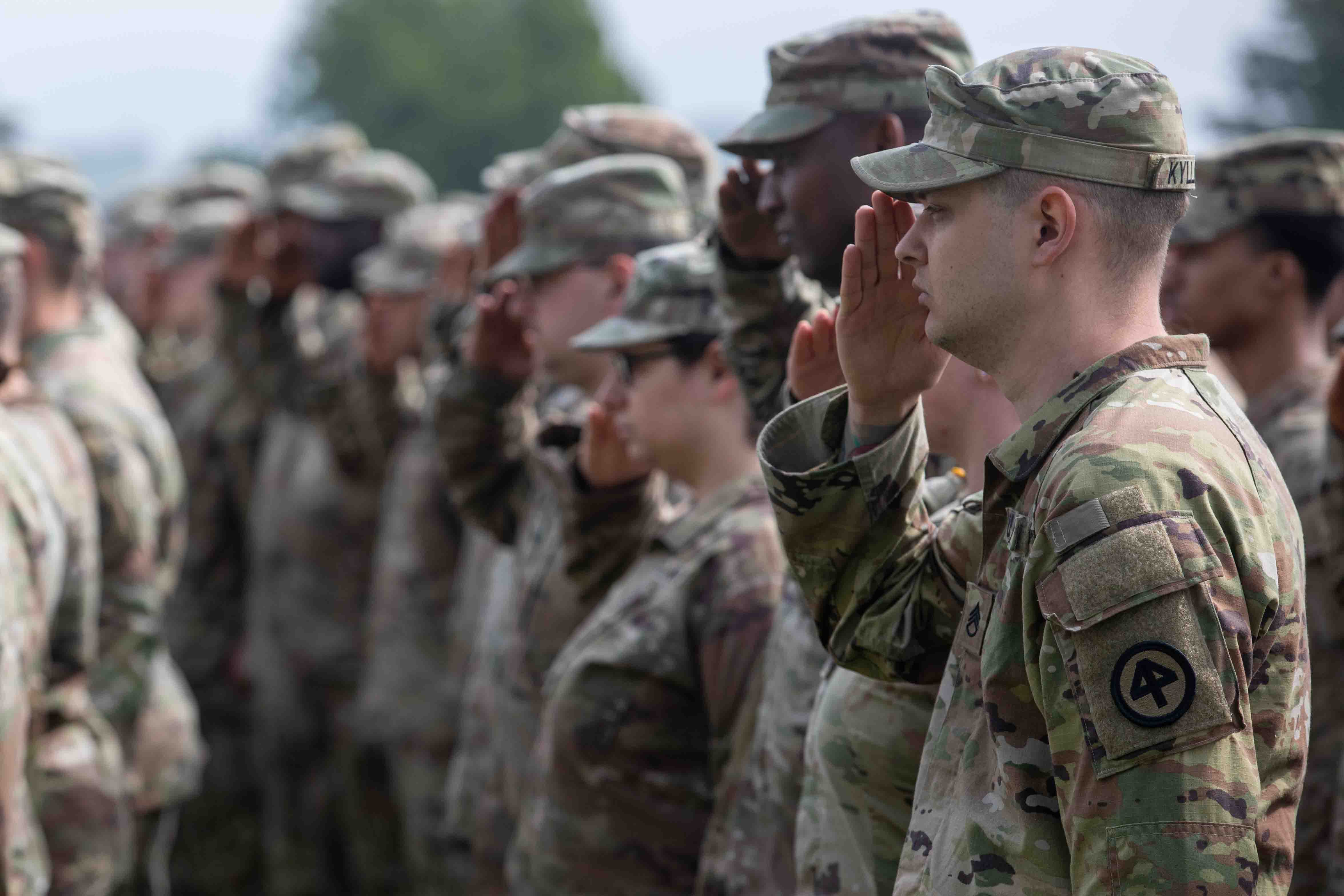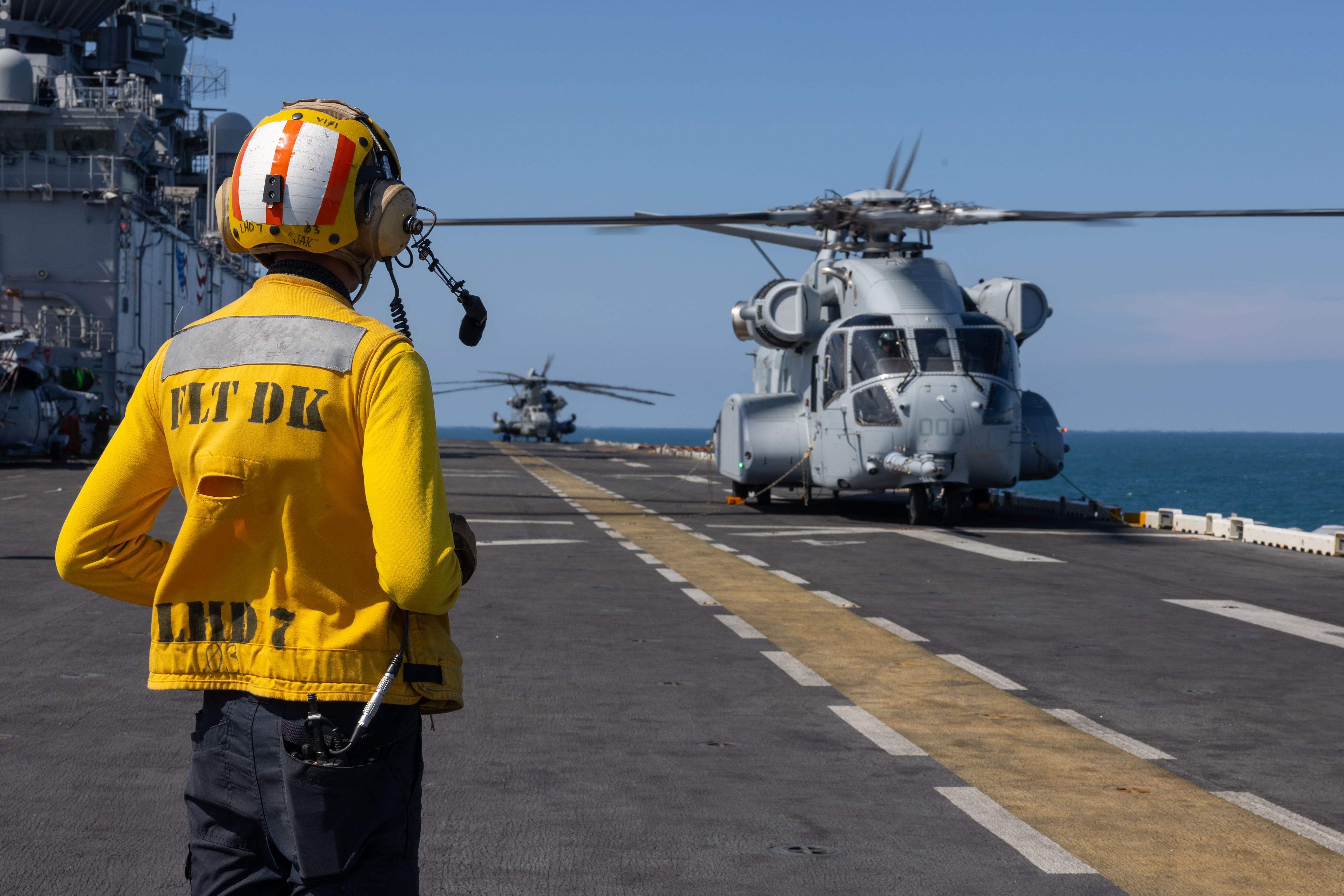COST OF PILOT TRAINING
[Regarding Army Reserve Lt. Col. James Breazeale's Aug. 4 letter, "Pilot bonuses":]
In order to make a fair comparison when discussing the costs of pilot training, it needs to be clear what the costs cover.
When the Air Force calculates the cost per student for training, it factors in many other costs such as the student's salaries and benefits, instructor costs, uniforms and equipment, housing, maintenance, base operating costs, medical, transportation, support personnel costs, (i.e., weather and finance) — the list goes on.
Lt. Col. Breazeale said his[commercial] pilot training cost totaled $110,000. Let's put that in perspective. The $30,000 was probably what he paid to a civilian flight school to get his basic pilot training and initial ratings. That money probably only covered the costs of airplane rental and instructor fees. The $75,000 that his company spent to train him in his specific aircraft most likely included only academics and simulator time and probably no actual flight hours.
Breazeale most likely accomplished his initial training in low-performance aircraft that were less complex and cheaper to operate than the aircraft the Air Force uses for training. The Air Force also trains pilots in high-performance aircraft in mission sets such as low level, air refueling, air drop, bombing, formation, air-to-air combat, weapons employment, etc. Students also get approximately 200 hours of actual flight time. I doubt Breazeale got any of that training for his $110,000.
Additionally, when the airline assigned Breazeale to his 737, they knew he would probably have three to five years of learning as a first officer before upgrading to captain. Undergraduate pilot training students need to be prepared to be first assignment instructors, single-seat fighter pilots, or aircraft commanders flying in combat zones almost immediately following pilot training.
If the Air Force only needed to train pilots to fly from point A to point B, then yes, the Air Force could probably do it a lot cheaper. However, the Air Force mission is much broader than any airline's mission. The Air Force must put bombs on target, deliver critical cargo to soldiers and Marines at combat outposts in Afghanistan, provide airborne and ground-based command and control, evacuate wounded service members from combat zones, rescue downed aircrew, and provide air refueling for U.S., Navy and allied aircraft. And this sometimes has to be done in contested airspace; that requires a whole different set of aircraft to find, fix, track, target, engage and assess the enemy, the threats and the battle damage. I don't think Breazeale ever has to be concerned with threats such as surface-to-air missiles when flying his 737 full of paying passengers into Chicago O'Hare.
Lastly, having been through only one training program, I am unqualified, as is Breazeale, to claim that one type of training is better than the other. However, I do know that every year there are a handful of UPT students who previously were civilian-trained and flew commercially. Maybe the Air Force should get some feedback from these students to evaluate where the strengths and weaknesses are in Air Force and civilian pilot training and incorporate the best training practices from each program into UPT.
Lt. Col. Tom Kelly, T-1 instructor pilot
Vance Air Force Base, Okla.
I salute Lt. Col. Breazeale for his accomplishments and his tenacity in paying for his own training. If flying on a commercial 737, I would be honored to have him as the pilot in command. His $200,000 plus annual salary is well deserved.
But I have questions for him:
Have you ever received any training in ejection, survival, escape and evasion?
Have you ever flown search and rescue missions, wherein you picked up survivors and deceased?
Have you ever flown supply missions to starving people, in blizzard conditions, with malfunctioning flight controls?
Have you ever piloted a refueling mission — at night — in a thunderstorm?
Have you ever transported whole blood, dynamite and bomb fuses, all in the same cargo load?
Have you ever ejected, upside down, from a destroyed jet?
Until you do, I suggest you not judge others by your standards.
Maj. Roger Anderson (ret.)
Charlotte, N.C.
UNWARRANTED CRITICISM
We were disappointed in your article ["College's recruiting practices draw congressional fire," July 23], which contained inaccurate information and unfair, unwarranted criticism of WyoTech programs by the Student Veterans of America and others.
WyoTech, owned by Cornthian Colleges, enrolls thousands of veterans each year and provides them with valuable training that allows a sizeable majority to find jobs in their fields. WyoTech has military admissions teams made up almost entirely of retired vets who know the challenges their fellow veterans face when leaving the military. Every prospective veteran student goes through a formal interview to ensure WyoTech is the right choice for his or her career goals.
WyoTech's graduation rates are far higher than the typical community college. In a survey by the Chronicle of Higher Education covering 2011 graduation rates, the most recent year for which statistics are available, WyoTech Blairsville had a graduation rate of 85.1 percent — the highest rate for any two-year school in America. WyoTech Laramie was in the top five with a graduation rate of 80.1 percent. Both campuses enroll a high percentage of veterans.
Moreover, in a recent survey of veterans attending all of Corinthian Colleges, 77 percent expressed overall satisfaction with the education they are receiving.
We value our student veterans and appreciate their service and sacrifices. We're proud of the educational training we provide to help them achieve their career goals. SVA should check its facts and talk with our student veterans before blacklisting our campuses and making inaccurate statements to the public.
Art Herman, president
WyoTech-Blairsville, Penn.
Guy Warpness, president
WyoTech-Laramie, Wyo.
WRITE US
Email: airlet@airforcetimes.com. Include your name, address, phone and rank. Submissions may be edited and published in print or electronic form and become the property of Gannett Government Media.

